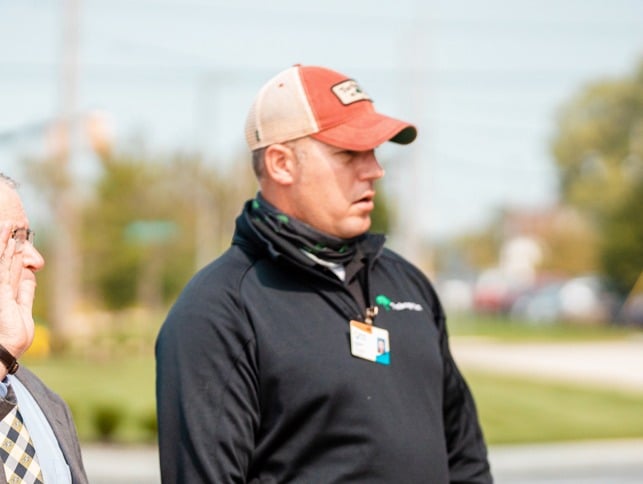Early spring is the time to be aware of Viburnum Leaf Beetle and treat your plants to prevent them from breeding and damaging your shrubs. Viburnum leaf beetle attack Arrowwood and European cranberrybush which are Viburnums in the tri-lobe family.
 Identify Characteristics:
Identify Characteristics:
- Adults are 1/4"- 3/8" long and brownish in color.
- Larvae: Approximately 1/2" in length and worm-like. They feed on Viburnum foliage and will skeletonize leaves in the spring (May-June).
- Adults chew holes through leaves in the summer (July- September).
- The females lay eggs in straight rows on the terminal twigs.
Life Cycle:
Eggs hatch early to mid May when larvae skeletonize leaves. Adults damage consist of irregular holes from July through October. It is at this time the females deposit the eggs in current year's growth.From summer through fall, adults will continue to be active feeding, mating and laying eggs on terminal twigs.
 Horticultural Impact:
Horticultural Impact:
Valued plantings can be severely damaged by the larvae and adults. Shrubs that are constantly defoliated over a period of two to three years are likely to die.
Control:
Spray larvae with pesticide when they first appear in early May for best results. A second application could be helpful in late summer for adults. To prevent an annual cost of pesticide applications, it is best to prune and destroy infested twigs during the winter months, December thru March, also know as dormant pruning.


